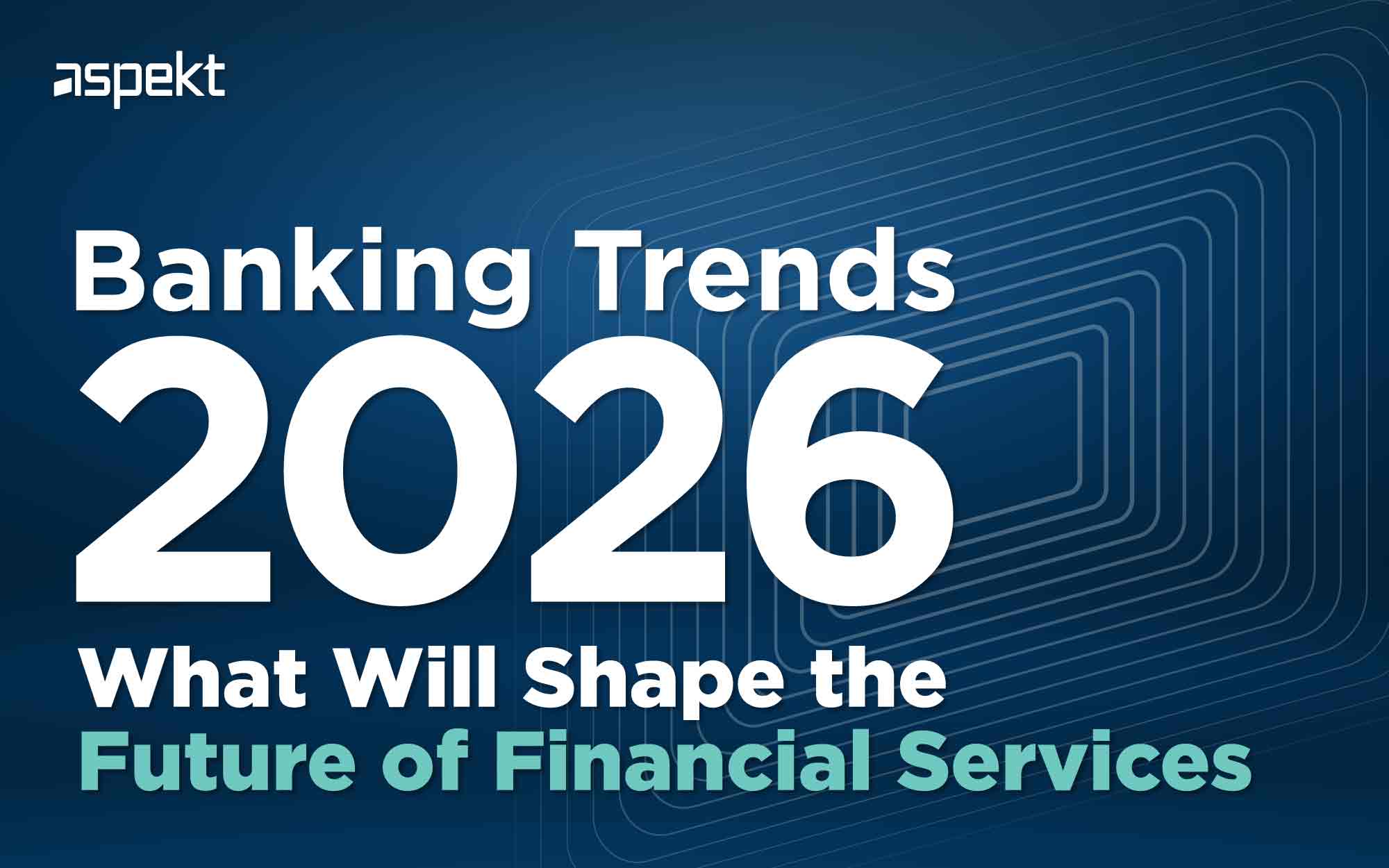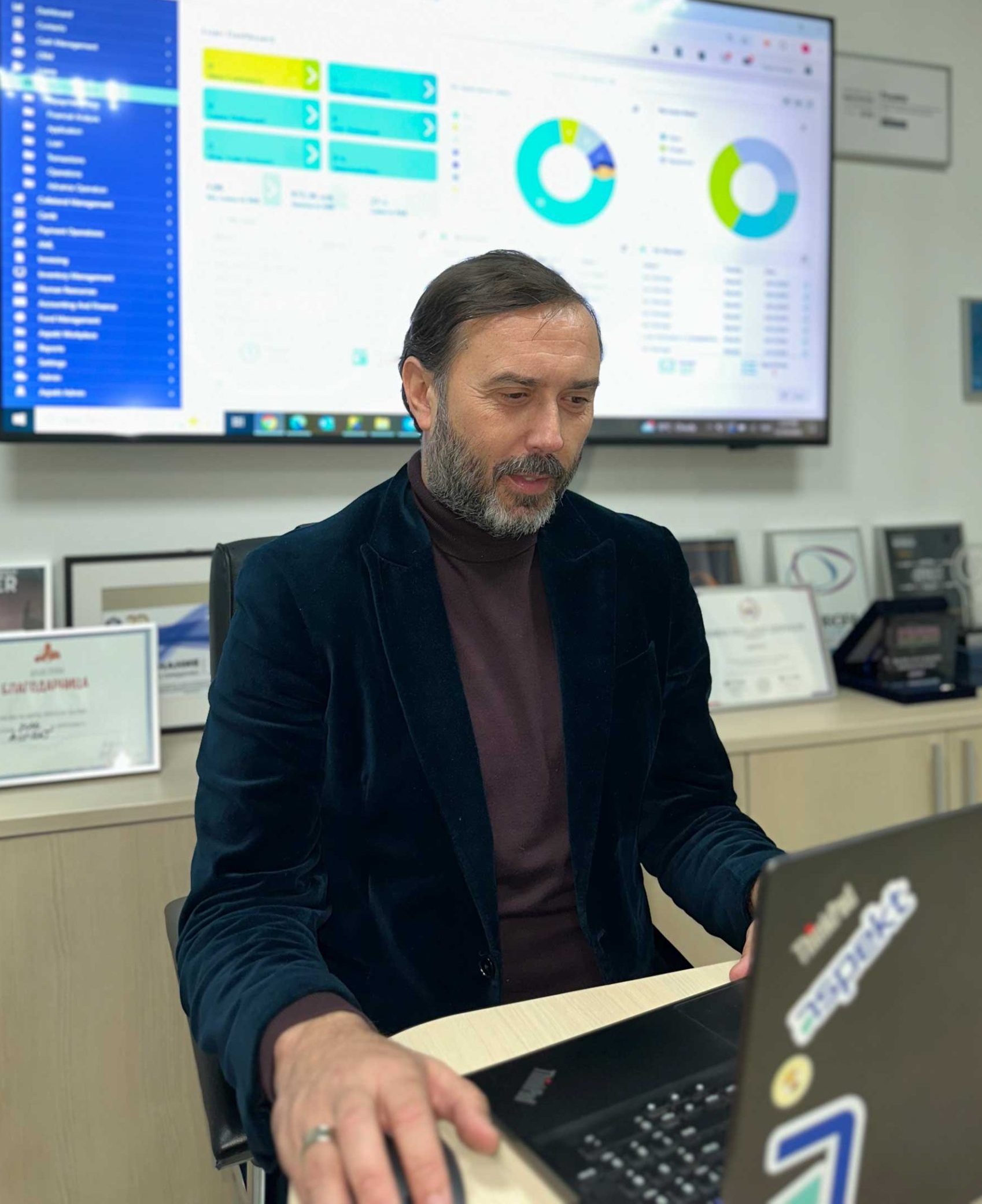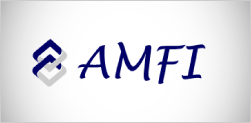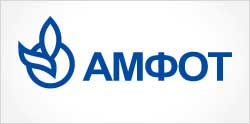Not long ago, banks could take months to roll out new products or update their core banking systems. Today, the market moves so quickly that if you can’t adapt in days, you risk being left behind.
It was different in the past. A new feature could be planned over the course of a year. Teams had time to test, adjust and slowly bring it to customers. Now, customers expect new services almost instantly. Regulations change without warning. Competitors launch something new on Monday, and customers are asking for it by Friday.
This is where the ability to change without slowing down becomes the real advantage. At Aspekt, we have built our core banking system so our clients can adjust quickly, safely and without waiting for us to write code. We call it Low-Code | No Code but for the financial institutions we work with, it means freedom. Freedom to respond to change, to meet customer needs faster and to grow with confidence.
To share how this works in practice, we spoke with Milancho Arsovski, Head of Development at Aspekt. He explained how the right tools and infrastructure help institutions scale smarter and take control of their future.
Milanco, how do you explain Low-Code | No-Code to someone who has never used it?
Milanco Arsovski:
I often compare it to building with LEGO. In traditional banking software, if you want something new, you need to design and build it from scratch. That takes time, expertise, and a lot of back-and-forth.
With Low-Code | No-Code for financial services, you already have the pieces. You just click them together in the way you want. Set up a new form, change a report, or design a workflow without touching a single line of code. Our modular banking software puts the power of creation and control directly in our clients’ hands.

The real power of Low-Code | No-Code is that it removes barriers. It shifts innovation from being a technical challenge to being a creative process. People with ideas can turn them into working solutions in hours, not weeks, without waiting for a developer. That freedom accelerates not only product delivery but also the mindset of the institution. Teams start to think differently when they know they can act immediately.
Aspekt has been talking a lot about “vendor-independency” and Low-Code | No Code capabilities. What does that mean in practical terms for financial institutions?
Milanco Arsovski:
High Vendor-Independency Management is about putting control back into the hands of the financial institution. Traditionally, every small change, whether adding a new data field or adjusting a workflow, required vendor intervention. That slows down innovation and adds cost. With our Low-Code | No Code capabilities, users can configure rules, create workflows, generate reports, custom fields, custom views even adjust role permissions without touching a single line of code. This means our clients can respond to regulatory changes, market opportunities, and customer needs almost instantly.
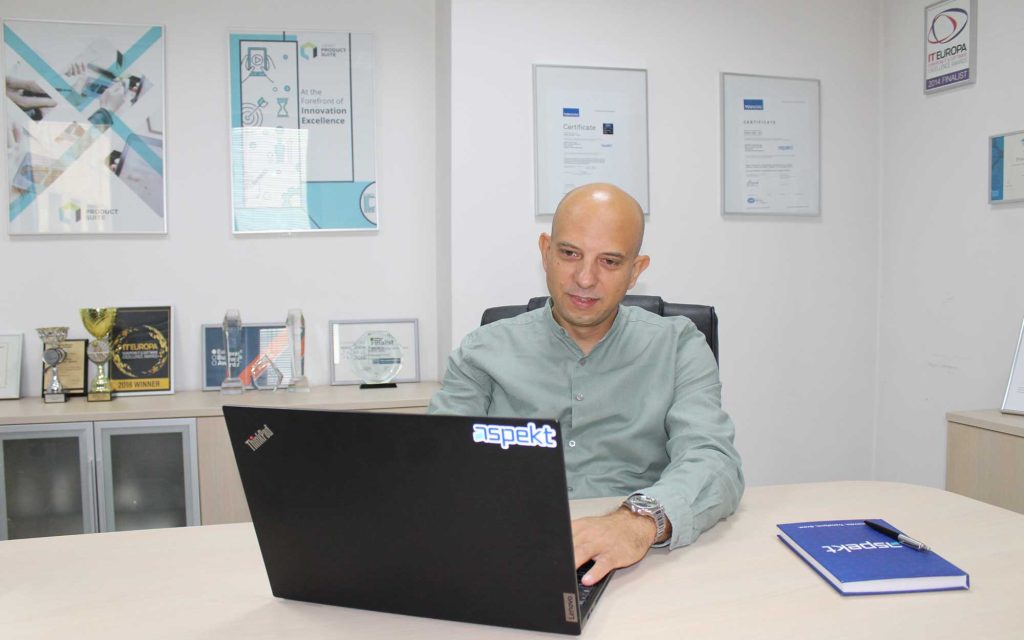
True independence means not being held back by your vendor. In the past, even the smallest change required time, cost, and negotiation, which slowed down progress. Our goal is to make clients self-reliant, able to manage their own core banking systems and respond instantly to new opportunities or regulatory demands. When innovation is in your own hands, you move faster, you reduce costs, and you create a culture where technology works for you, not the other way around.
Which tools within the Aspekt Product Suite are enabling this flexibility?
Milanco Arsovski:
A big part of it comes from our core engines and configurable tools. For example:
- Validation Engine – ensures data accuracy automatically.
- Task & Messaging Engine – streamlines internal communication and task management.
- Dynamic Data Collection Engine – allows clients to add custom fields and forms without programming. These can be used in reports, printed documentation, credit scoring, and more, enabling clients to adapt the solution to their own business requirements.
- Dynamic Report Generator – empowers non-technical staff to create insightful reports on the fly, with built-in reporting and analytics tools to generate reports and measure performance.
- Dynamic Print Engine – enables institutions to customize and generate documentation efficiently.
- BPMN, DMN & Workflow Tools – allow institutions to model, automate, and optimize their own business processes.
- Credit Scoring Module – provides flexible scoring models adapted to client needs.
- Merchant Platform – simplifies third-party integrations through configurable, no-code interfaces. Merchants can manage contacts, submit applications, access loans and accounts.
When you combine these tools, you’re giving the institution real control over its operations.
From an infrastructure perspective, what’s critical when scaling core banking software?
Milanco Arsovski:
Scalability and modularity are key. Our architecture allows clients to implement modules independently, which reduces deployment risk and time-to-market.
Security is another cornerstone; features like authentication, authorization, and maker-checker controls ensure that as you scale, you’re not compromising on governance. Finally, the infrastructure must be future-proof, which means we design with integration in mind so new systems, channels, and regulations can be incorporated smoothly.
What technologies and architectural choices have you made at Aspekt to ensure high performance and scalability for financial institutions?
Milanco Arsovski:
We rely heavily on .NET Core and RESTful stateless APIs because they give us the foundation for building lightweight and high-performance financial services.
Stateless design means that every request is independent, which significantly improves reliability and reduces resource consumption. This makes our systems more resilient and capable of handling large transaction volumes without slowing down.
For financial institutions, it translates into faster response times, smoother integrations with third-party systems, and the confidence to scale without re-engineering their infrastructure.

The technologies we choose are not just about performance. They give institutions the freedom to scale with confidence, knowing the system will support them at every stage.
How do you balance flexibility with stability?
Milanco Arsovski:
It’s about setting smart boundaries. Flexibility doesn’t mean chaos. It is guided by strong validation, permission controls, and process integrity. For example, even if a user can create a new workflow, it still passes through governance checks. This ensures innovation happens within a secure and compliant environment.
How does feedback from clients during the maintenance stage influence future product development?
Milanco Arsovski:
Client feedback is one of our most valuable inputs because it comes from real-world usage. It allows us to see how institutions actually work with the core banking system, where they find value, and where they face challenges.
These insights shape our product roadmap and helps us prioritize the features that deliver the greatest impact. Many of our most successful tools, like the Dynamic Report Generator, were born directly from conversations with clients who needed faster, more flexible reporting.
What makes this process powerful is the cycle of continuous improvement it creates. Clients are not just users, they become co-creators. Their input ensures that our solutions remain innovative, but also practical and grounded in the realities of financial operations.
Personally, I believe that the best features are the ones that solve problems clients face every day, and that belief has guided much of our development approach.
What does the future look like for Low-Code | No Code in financial services?
Milanco Arsovski:
Low-Code | No Code in financial services is moving from being a “nice-to-have” to becoming an absolute necessity. As regulations change and customer expectations rise, financial institutions will need the ability to adapt daily, not annually.
The ones that can self-manage, test ideas quickly, and deploy changes without waiting for vendor development cycles will gain a clear competitive advantage. At Aspekt, we see this shift as the foundation for the next generation of financial software where institutions control their own pace of innovation.
Looking ahead, our roadmap includes exploring new possibilities with emerging technologies such as artificial intelligence and cloud. We see these innovations as natural extensions of our vision to give institutions more flexibility, efficiency, and control.
While our focus remains on strengthening the core, we believe that AI and cloud will open up opportunities to reimagine how financial institutions deliver services and create value for their clients.

Scaling smarter isn’t just about adding more technology. It’s about empowering financial institutions with the right tools and control to shape their own future.
